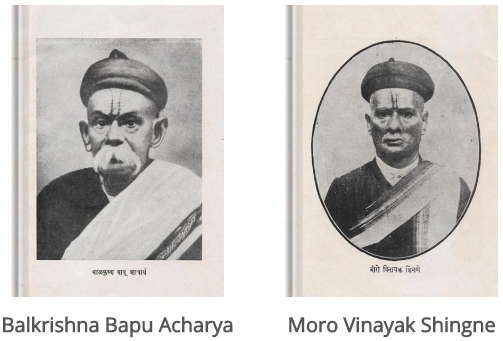1. This Was Bombay
(From MumbaichaVrittanta by Balkrishna Bapu Acharya and Moro Vinayak Shingne, published in 1889 : Translated by Shanta Gokhale)
For Europeans travelling home from Hindustan or arriving in Hindustan from home, there is no escaping a halt in Mumbai city, Mumbai harbor being such a convenient point of entry. It is impossible to imagine any person who has disembarked in Mumbai not going into the city to see some of its captivating sights. Having seen the city itself, it is natural that he should feel the urge to see the sights in its neighbourhood such as the Gharapuri Caves. Undoubtedly he is eager to see the beauty of Kashi, the Taj Mahal of Agra and the historical magnificence of Delhi and Lucknow; but all these places come only after he has seen Mumbai. This city is remarkable not only for its well-constructed and convenient harbor; it has achieved fame for several other reasons, a fame that is constantly on the ascendant. People from the West who say there is no other city in India like Mumbai, and they all do, are not wrong. Just see-there are no seductive bazaars in this city; nor are its buildings more distinctive than the general run of government structures; nor can it boast of having historical or religious importance; and yet what makes it unique is the sight of its people who belong to dozens of communities and regions, different from one another in their behavior, in their thinking, in their religions and sects, in their customs and beliefs and in their modes of dress. These things captivate the visitor's eyes. We cannot question the fact that other places in Hindustan like Calcutta, Agra, Delhi, Lucknow, Punjab, flaunt their historical splendor with their towering minars and monuments. And yet nobody can contest the fact that Mumbai is greater than any other city in Hindustan or anywhere else for that matter for its education, commerce and wealth. What Mumbai can boast of is its modern greatness and its growing prosperity.
